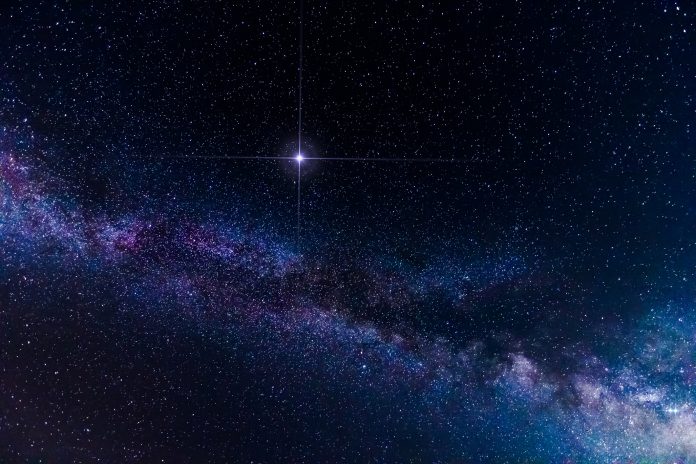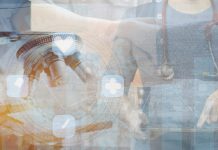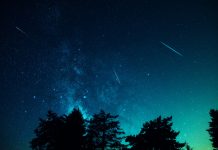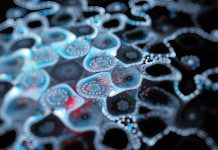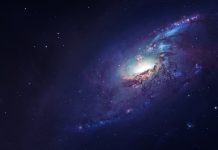Each year, World Space Week brings together space enthusiasts, scientists, and innovators to celebrate advancements in space science and technology
Held from October 4 to 10, this week highlights the importance of space research and its role in shaping our future. The theme for 2025, “Living in Space,” focuses on the technologies and research that will help humans survive and thrive beyond Earth.
In line with this mission, the European Health and Digital Executive Agency (HaDEA) is supporting a range of cutting-edge projects under Horizon Europe Cluster 4: Space. These projects not only strengthen the EU’s space capabilities but also contribute directly to making life in space safer and more sustainable.
Here’s a closer look at three HaDEA-managed projects that are paving the way for long-term human presence in space.
ALCYONE: Radiation risks in space
Radiation exposure is one of the most significant health risks for astronauts. Unlike Earth, where our atmosphere provides natural protection, space is a high-radiation environment that can damage living cells and increase the risk of long-term health issues.
The ALCYONE project is working to change how we study and understand these effects. It is developing an innovative analytical platform designed to observe the impact of space radiation directly on biological systems. This platform will enable researchers to conduct in situ analysis, meaning research conducted in the actual conditions of space or simulations closely resembling them.
By providing better insight into how radiation affects living cells, ALCYONE also supports the development of advanced shielding technologies, offering a path forward for safer space habitats and missions.
LUWEX: Extracting water from lunar soil
Water is essential for survival, and transporting it from Earth is costly and inefficient. The LUWEX project offers a groundbreaking solution: extracting water directly from the Moon’s surface.
LUWEX has successfully developed and tested a new extractor system capable of processing simulated lunar regolith and extracting water trapped within it. This technological breakthrough could become a game-changer for future lunar missions, significantly reducing the need for supply missions from Earth.
The ability to produce water on the Moon would not only support life support systems but also facilitate other applications. Still, it could also be used for fuel production, making human space exploration more self-sufficient and sustainable.
DUSTER: Protecting space from harmful dust
Dust may seem harmless on Earth, but in space, it poses a serious threat to both astronauts and their equipment. Tiny dust particles can cling to suits, interfere with machinery, and, when inhaled, cause health issues.
The DUSTER project addresses this by developing new instrumentation to analyse and monitor dust behaviour in space environments. Its technologies can study how dust particles are electrically charged and move, providing essential data on how they spread and interact with surfaces.
This in situ analysis capability will enable future missions to manage dust exposure better, making long-term exploration safer for both humans and robotic systems.
Europe’s space leadership
All three projects are funded under Horizon Europe’s Cluster 4: Space, a scheme that reinforces the EU’s competitiveness in the global space sector. The programme supports the development of independent access to space, ensures the security of critical technologies, and fosters innovation for missions beyond Earth.

